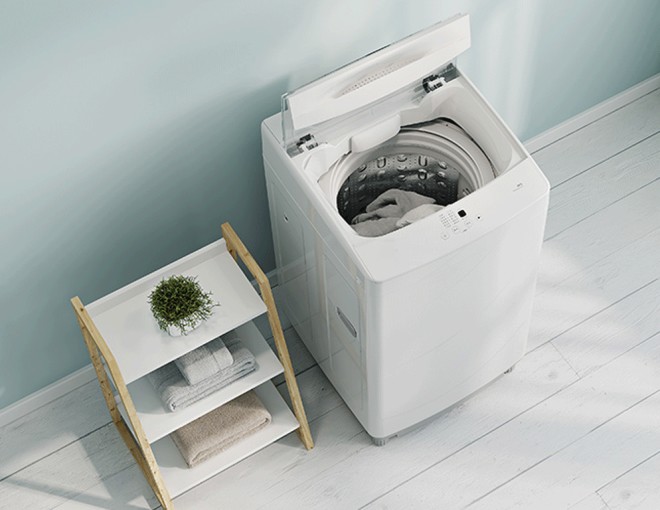Top-loading washing machines operate by creating a water stream using a rotating disc at the bottom of the tub. They are more affordable than front-loading machines, and the cost of cleaning or replacing parts is much lower. In addition, top-loading washers have several advantages, such as the ability to easily add or remove clothes during the wash cycle, faster wash times, and the convenience of not having to squat when loading or unloading clothes.
However, more and more people are putting top-loading washers on their blacklist. Why is that? Here are five reasons.
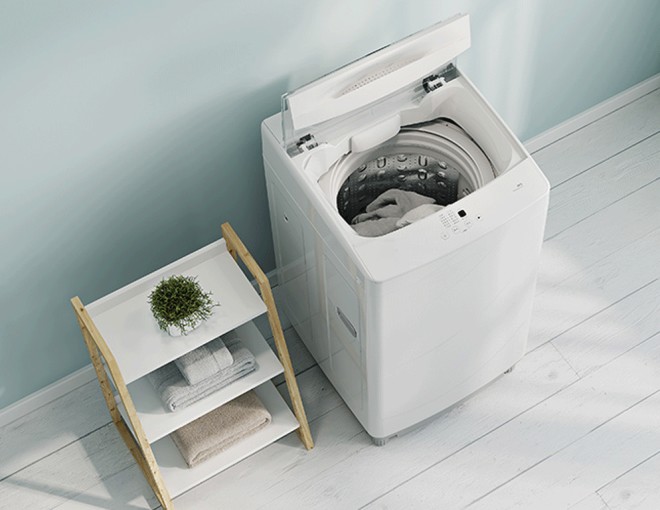
1. Laundry cleaning ability is not highly rated
Front-loading washing machines are considered to have superior laundry cleaning abilities compared to top-loading ones. Reviewed.com, a website dedicated to reviewing home appliances, states that their tests show front-loading machines tend to remove stains, both liquid and solid, more effectively than top-loading machines.
This is because the horizontal tub design of front-loaders causes the laundry to tumble continuously with the detergent mixture. As a result, the surfaces of the laundry items rub against each other and the tub, similar to the action of hand-scrubbing or hand-washing clothes.
In contrast, top-loading washers operate like the ancient method of pounding clothes with a pestle on a stone, resulting in reduced cleaning ability.
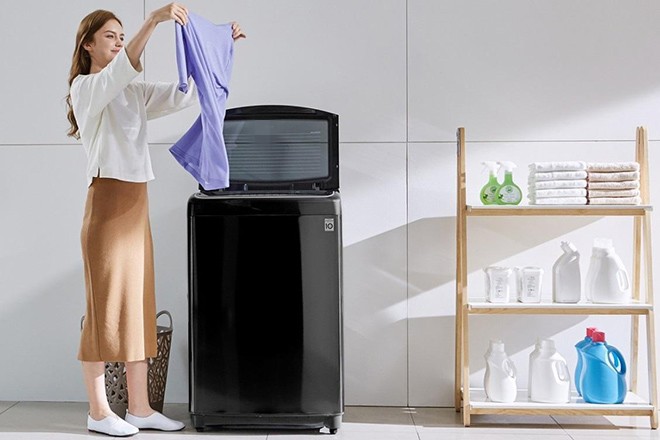
2. They use more water
While top-loading washers have shorter wash cycles, which can save on electricity, they use more water per load, up to three times as much as front-loading machines.
According to an article on The Spruce, a home appliance website, on average, a front-loading washer uses about 13 gallons of water per load, while a top-loading washer uses 41 gallons.
Front-loading washers require less water because of their horizontal tub design, which spins on a central axis, meaning that the clothes do not need to be fully submerged in water to get clean. In contrast, top-loading washers need a deeper water level to ensure that all the clothes are thoroughly soaked during the cleaning process, hence the higher water consumption.
3. Clothes are more prone to damage
The spinning action of top-loading washers can cause clothes to become twisted and tangled, which can lead to damage and creasing. Additionally, clothes are more likely to become worn and less durable compared to being washed in a front-loading machine.
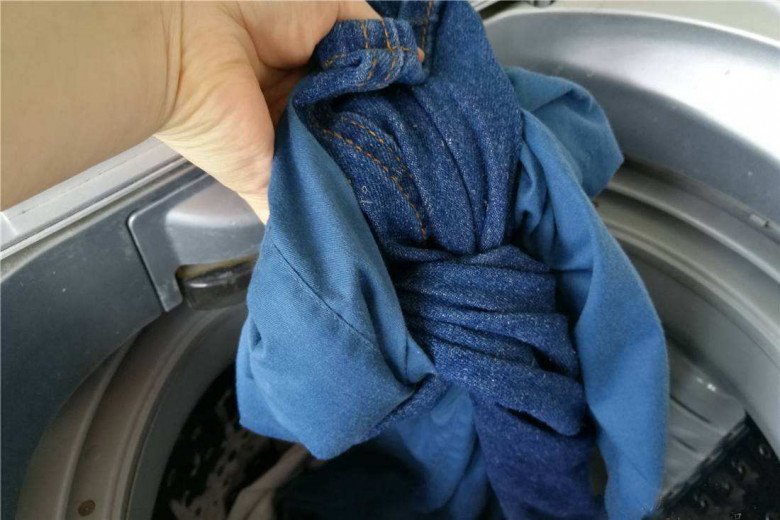
4. High vibration and noise levels
During the wash cycle, top-loading washers generate significant noise and vibrations, which can disrupt the peace and comfort of your home. Moreover, due to the strong vibrations, these machines need to be placed on a flat surface, and the load must match the machine’s capacity to prevent imbalance and potential toppling.
On the other hand, front-loading washers operate on a central axis, utilizing advanced technologies, resulting in a smoother, quieter performance that is less disruptive to your daily life.
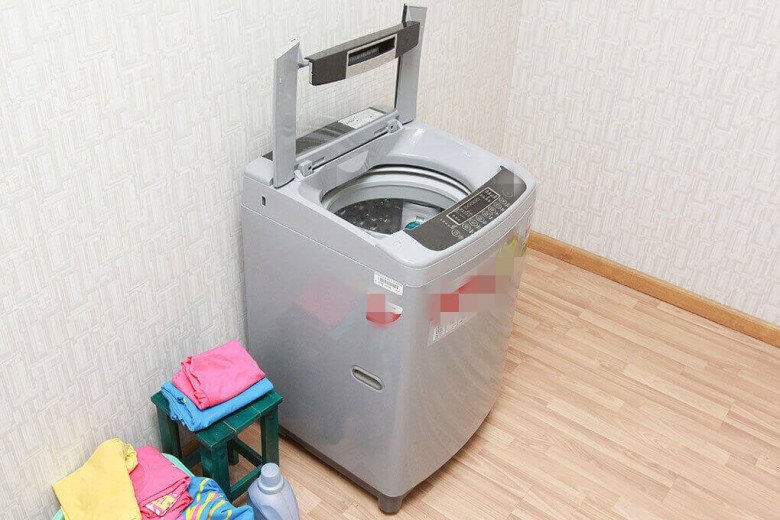
5. Basic functions and features
Top-loading washers usually offer basic washing functions and lack the advanced features found in front-loading machines, such as hot water washing, tub cleaning, and specific wash cycles for different types of fabrics. This is one of the main reasons why many people choose to blacklist top-loading washers.
In contrast, front-loading washers typically provide a wide range of wash cycles tailored to various fabric types, ensuring optimal cleaning and protecting your clothes from damage.
The Ultimate Guide to Energy and Water-Efficient Laundry This Summer
The scorching summer heat always brings with it a dreaded duo: soaring electricity and water bills. But fear not! This article will equip you with the knowledge to tackle these expenses head-on by offering insightful tips on how to use your washing machine efficiently, saving you money and resources.

























